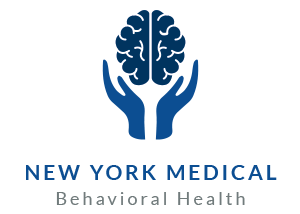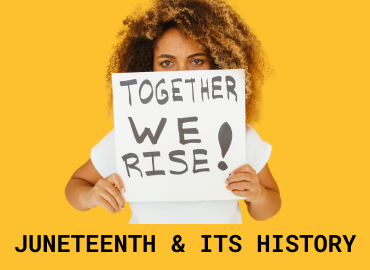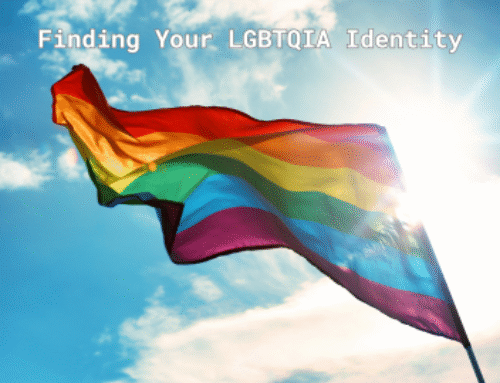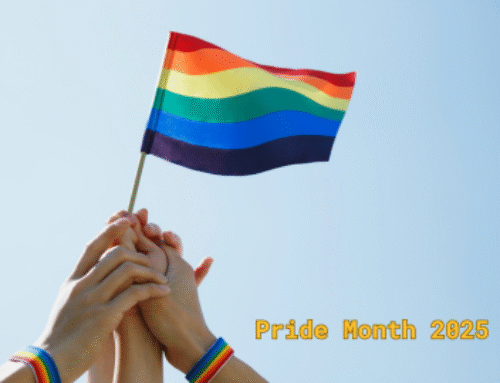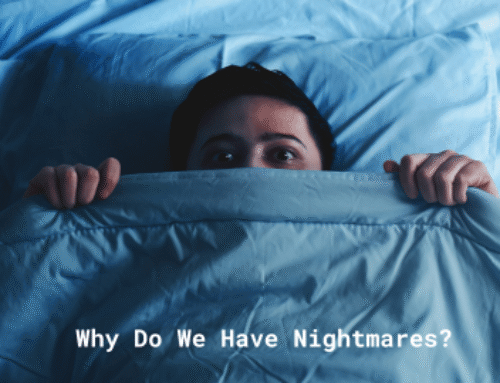Juneteenth and its History
At the stroke of midnight, January 1st, 1863, the Emancipation Proclamation went into effect. The enslaved and the free gathered in homes, churches, and other public places to await the news with bated breath.
The Proclamation was meant to free all enslaved Black Americans. The Emancipation Proclamation is also known as the 13th Amendment to the Constitution. Union soldiers, Black and white, marched through cities, towns, and plantations reading copies of the Proclamation to make it abundantly clear what was happening.
But the fight wasn’t over yet. Today, we want to look at a brief history of the federal holiday known as Juneteenth. The word is a portmanteau of the words “June” and “Nineteenth.”
Even though the Emancipation Proclamation was made effective in 1863, that did not mean that everyone was instantly free. Many people in Confederate territories like Texas were loath to give up what they saw as their property, and some never bothered to tell enslaved people what had happened.
It took the arrival of 2,000 Union Troops led by Major General Gordon Granger on June 19th, 1865, in Galveston Bay, Texas to make the word “freedom” a reality. On that day, over 250,000 enslaved people received an executive decree that they were no longer bound to their oppressors. Cheers, singing, and dancing broke out everywhere the news was heard. A holiday was born.
Today, lavish Juneteenth celebrations take place across the United States. They often center around a church service, festival, or concert.
We celebrate the identity of our patients and their loved ones. We celebrate the fact that one’s ethnicity
goes far beyond color into a set of experiences in life that can only be fully understood by being lived. Our minds are always bent on understanding and helping our fellow humans in the best way science and our human condition will allow. We promise to always provide a safe space for our patients to express themselves and seek a better quality of life.
If you would like some help, contact us on our website or call (585) 442-6960.
At the stroke of midnight, January 1st, 1863, the Emancipation Proclamation went into effect. The enslaved and the free gathered in homes, churches, and other public places to await the news with bated breath.
The Proclamation was meant to free all enslaved Black Americans. The Emancipation Proclamation is also known as the 13th Amendment to the Constitution. Union soldiers, Black and white, marched through cities, towns, and plantations reading copies of the Proclamation to make it abundantly clear what was happening.
But the fight wasn’t over yet. Today, we want to look at a brief history of the federal holiday known as Juneteenth. The word is a portmanteau of the words “June” and “Nineteenth.”
Even though the Emancipation Proclamation was made effective in 1863, that did not mean that everyone was instantly free. Many people in Confederate territories like Texas were loath to give up what they saw as their property, and some never bothered to tell enslaved people what had happened.
It took the arrival of 2,000 Union Troops led by Major General Gordon Granger on June 19th, 1865, in Galveston Bay, Texas to make the word “freedom” a reality. On that day, over 250,000 enslaved people received an executive decree that they were no longer bound to their oppressors. Cheers, singing, and dancing broke out everywhere the news was heard. A holiday was born.
Today, lavish Juneteenth celebrations take place across the United States. They often center around a church service, festival, or concert.
We celebrate the identity of our patients and their loved ones. We celebrate the fact that one’s ethnicity
goes far beyond color into a set of experiences in life that can only be fully understood by being lived. Our minds are always bent on understanding and helping our fellow humans in the best way science and our human condition will allow. We promise to always provide a safe space for our patients to express themselves and seek a better quality of life.
If you would like some help, contact us on our website or call (585) 442-6960.
